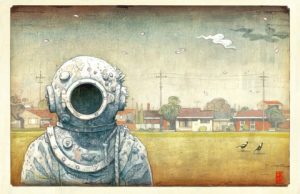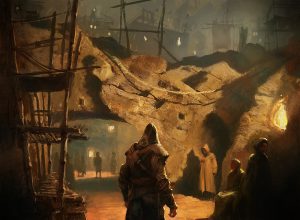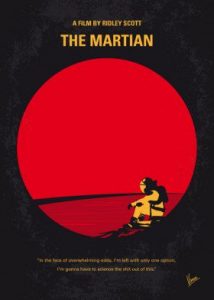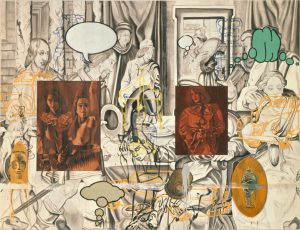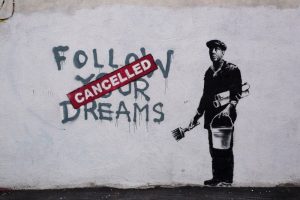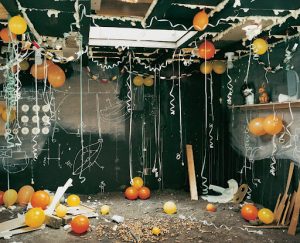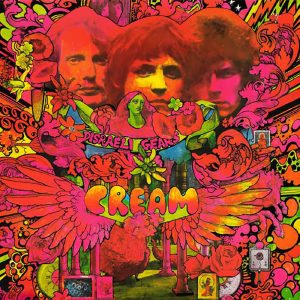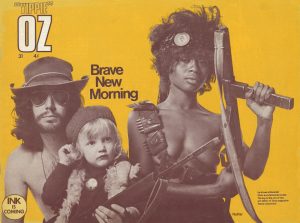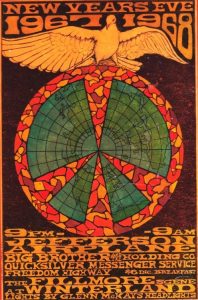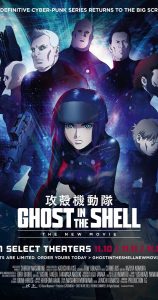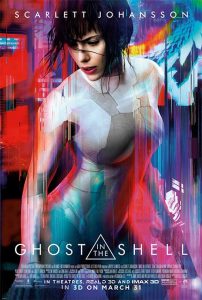Throughout the writing and research of the blog posts and their topics, I’ve broadened my knowledge in the world of design about areas that I wouldn’t usually look in to, and discovered that I actually find many of them fascinating. I discovered new artists that I am fond of and can learn form that goes outside of my usual style, allowing me to experiment more, such as Gilles Beloeil who uses traditional medium and painting styles for his conceptual illustrations. Before discovering this artist, I’ve always separated fine art and digital concept art, especially for such a commercial instance like video games, as two separate things, but now I see how they could be overlapped and combined to create something beautiful and meaningful.
Learning about famous art movements such as Avant Garde and Postmodernism has given me the ability to criticise art from a new perspective beyond aesthetics, and to be able to add deeper meanings into my own pieces of work instead of deciding based on visual appeal and cleverness in the design. It has also given me a deeper appreciation to art and design, knowing that it has the potential and capability to alter the course of social establishment; to create and destroy, which is absolutely astonishing. I’ve never been one to appreciate art that is on the abstract side, due to they’re presumed “pretentiousness” and lack of traditional use of skills and methods, but caring to look beyond the superficial (which is something that I learned from the Modernism movement), I’ve learned the importance of art that ventures outside the convention and mainstream appeal, which is key to the evolution of the art industry as a whole. Prejudice in perception of art is hard to overcome, but I see this as a start to pulling down the inhibitions one naturally has when approaching something unfamiliar.
Exploring new topics in depth also inspire new ideas which has aided my practises to becoming more experimental and wide ranged. It also allows more possible combination of methods and style instead of sticking to traditional formulas. I have also been able to improve some of my transferable research and critical skills, which will be very helpful to my future projects, regardless of the topic. When I needed to find references, image sources and just generally more information about the thing I’ve chose to analyse, I had to make use of every method, especially for works that are obscure with engines such as google reverse searches and google scholar and the library’s resources to obtain the bit of facts that I needed. I realised that on the way I am also exposed to new inspirations that aren’t actually relevant at this time but could be in the future, such as new artists, and blogs like Widewalls that I could go back to in the future.
In conclusion, this project not only exposed me to new ideas, it has also expanded my way of thinking and understanding of the world of art and design, and I can’t wait to see how my works in the future will change and the new directions it can take.

